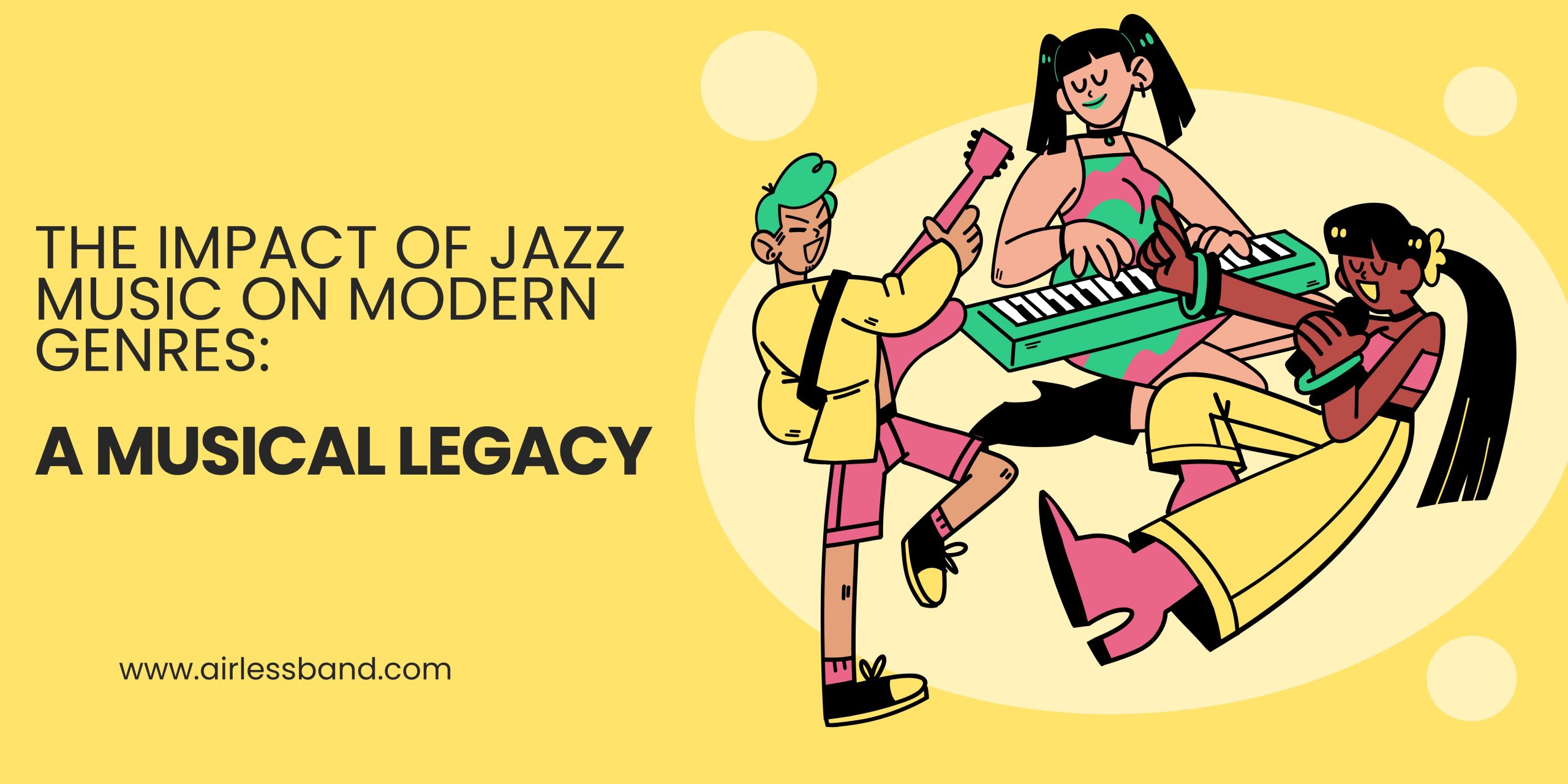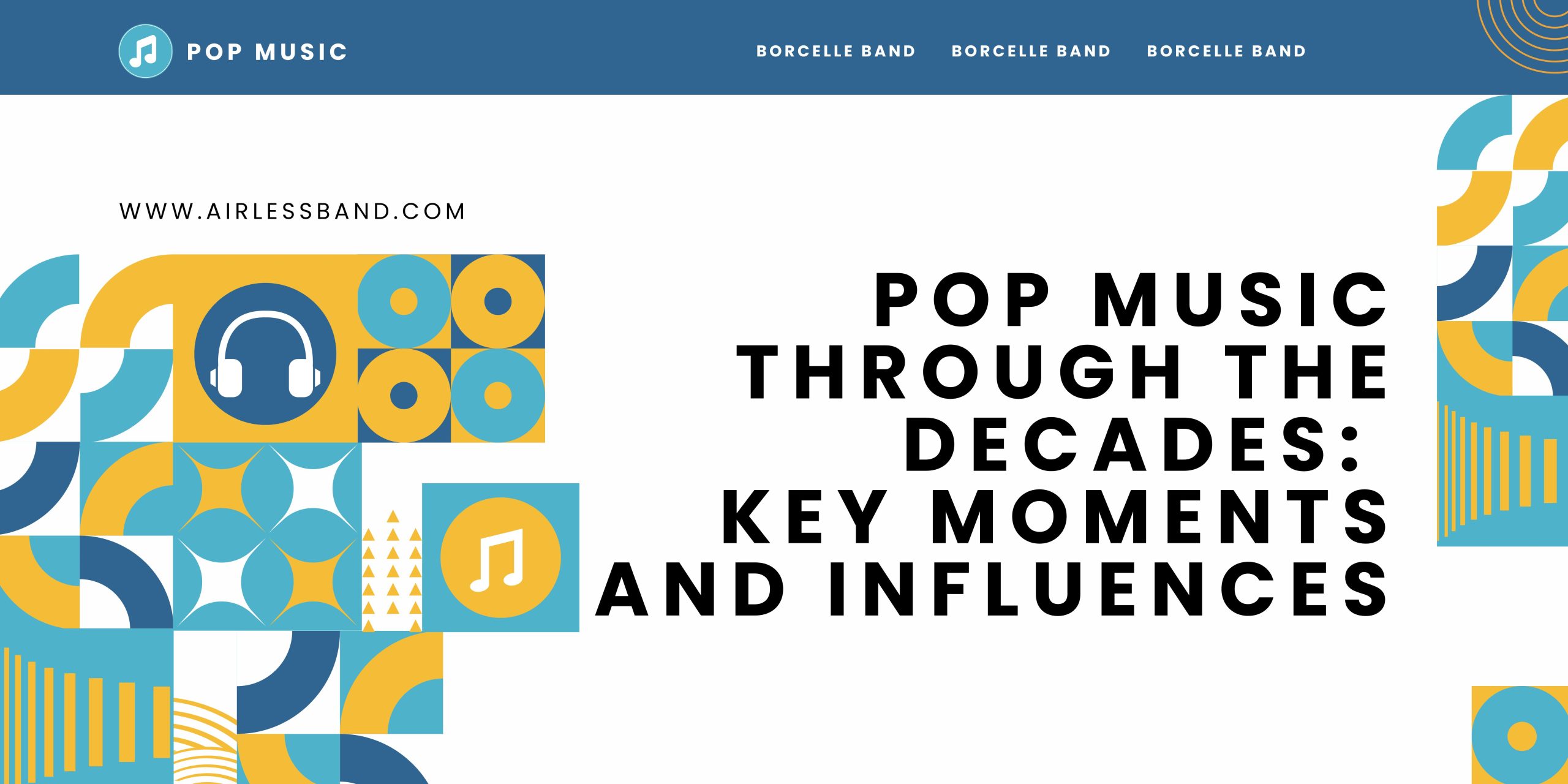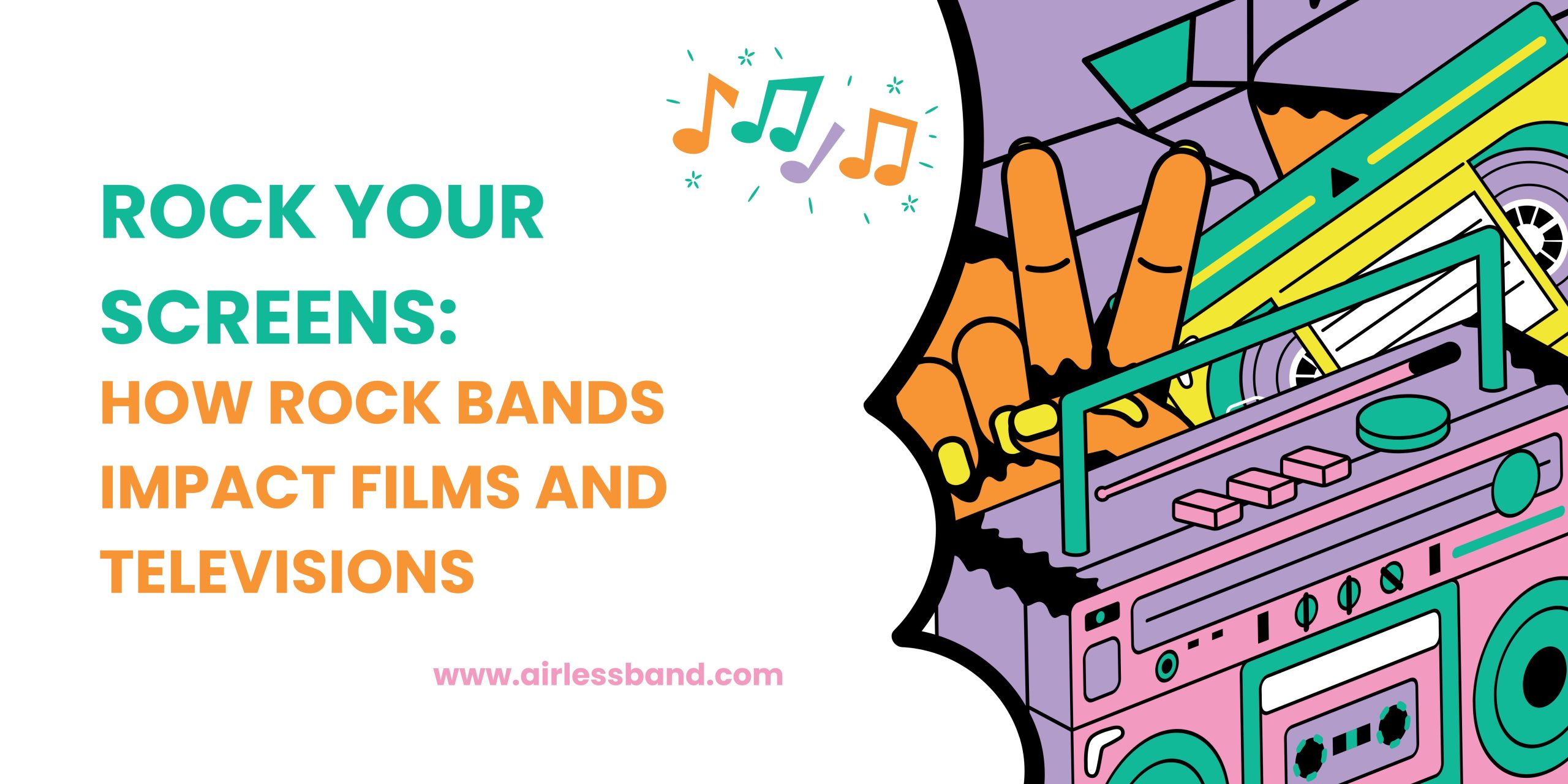Jazz music, with its exhilarating rhythms and improvisational melodies, has captured the hearts of music enthusiasts around the globe. While its roots can be traced back to the African-American neighborhoods in New Orleans, the journey of how jazz became wildly popular in America is a captivating moment. From its humble advent in the vibrant streets to evolving the rhythmic heartbeat of a nation, the evolution of jazz is a fascinating tale of cultural fusion and creative invention. Born from the rich tapestry of African, European, and Caribbean musical rituals, jazz found its voice in the heart of America’s Deep South. It skyrocketed to reputation during the Roaring Twenties, becoming the anthem of an epoch-seeking liberation in prohibition. The Harlem Renaissance and the silver screen drove it further into the limelight. Today, jazz endures as an ever-evolving harmonious treasure, a testament to its lasting popularity in America.
Besides, we will dig deep into the rich history of jazz, discovering the key milestones and aspects that contributed to its peak as a cultural sensation in the United States.
The Birth of Jazz in New Orleans
Jazz tune was born in the resonant and culturally eclectic city of New Orleans in the belatedly 19th century. It arose from a fusion of African, European, and Caribbean musical practices. The city’s unique cultural melting pot qualified for the blending of diverse musical components, providing birth to a new genre that would soon grab the nation’s dream.
The Influence of African-American Communities
A powerful driving force behind the favor of jazz was the African-American residents in New Orleans. Singers from these communities played integral roles in shaping the genre. They brought their uncommon rhythms, bluesy melodies, and spontaneous skills to the forefront, setting the base for what would become jazz.
The Roaring Twenties: The Jazz Age
The 1920s, usually referred to as the Roaring Twenties, saw the explosion of jazz onto the national stage. This decade was characterized by social and cultural changeovers, including the Prohibition era, which directed the emergence of confidential speakeasies. Jazz music became the soundtrack of this revolutionary and indulgent period, making it immensely trending among young folks seeking excitement and escapism.
The Harlem Renaissance
In the Jazz Age, the Harlem Renaissance recreated a key role in elevating jazz as an art form. Harlem, a community in New York City, became a cultural hub for African-American artists and genii. Jazz musicians became icons of this move and their functionality at legendary outlets allowed jazz to gain nationwide recognition.
The Spread of Jazz on Record
The innovation of the phonograph and the proliferation of radio broadcasts in the early 20th century encouraged the reach of jazz beyond its motherland. Recordings of jazz concerts let listeners across the country experience the music’s contagious rhythms and soulful melodies. Seasoned players began recording their work, and these recordings became bestsellers, further fueling the genre’s vogue.
Jazz in Hollywood and the Silver Screen
Hollywood also played a critical role in popularizing jazz. Numerous films of the 1930s and 1940s featured jazz music, and musicians themselves often emerged in movies. Iconic films prominently featured these soundtracks, contributing to the genre’s overall recognition.
Jazz Goes Mainstream
As the mid-20th century hovered, this tune continued to grow and expand. Well-versed performers pushed the boundaries of the genre with creative styles like cool jazz and modal jazz. Perhaps it was no longer bound to underground clubs; it became a tack of mainstream music, drawing a wider audience.
Jazz Festivals and Cultural Exchange
Jazz festivals emerged as crucial possibilities that showcased the genre’s diversity and skill. Festivals like the Newport Jazz Festival and the Monterey Jazz Festival brought together jazz legends and up-and-coming musicians, revealing audiences to an all-inclusive range of jazz styles.
Further, cultural exchange programs, such as the U.S. State Department’s Jazz Ambassadors program during the Cold War, supported the spread of jazz worldwide. Experienced musicians toured internationally, teaching the art form to new audiences and developing relationships with other cultures.
Jazz’s Enduring Legacy
Nowadays, jazz remains a pivotal part of American music and culture. While it has persisted in evolving and comprises features of other genres, its core components of improvisation, syncopation, as well as expression still enchant audiences. Jazz celebrations and clubs continue to succeed, and jazz education programs ensure that this quintessentially American art form motivates future ages of musicians.
The End:
The journey of how jazz music became an immense trendsetter in America is a testimony to its ongoing power and appeal. From its humble starts in the streets of New Orleans to its part as a sign of cultural modification during the Roaring Twenties and the Harlem Renaissance, jazz has left an unforgettable mark on the nation’s musical landscape. Its legacy persists to encourage and shape the musical landscape of America and the globe.


